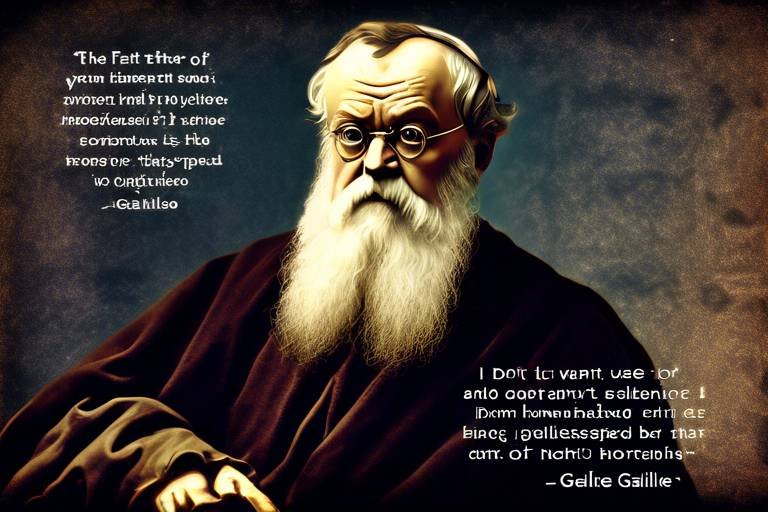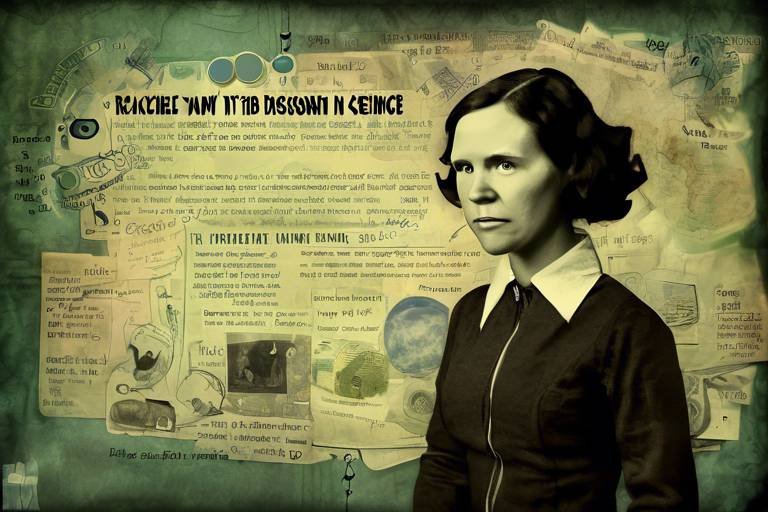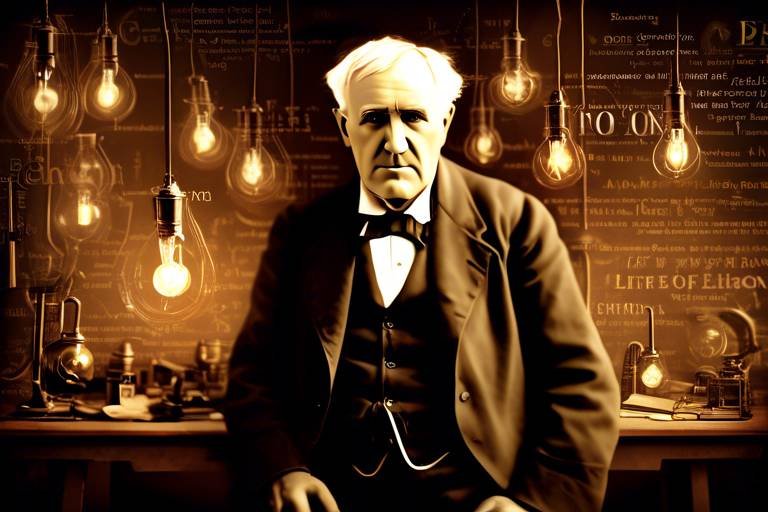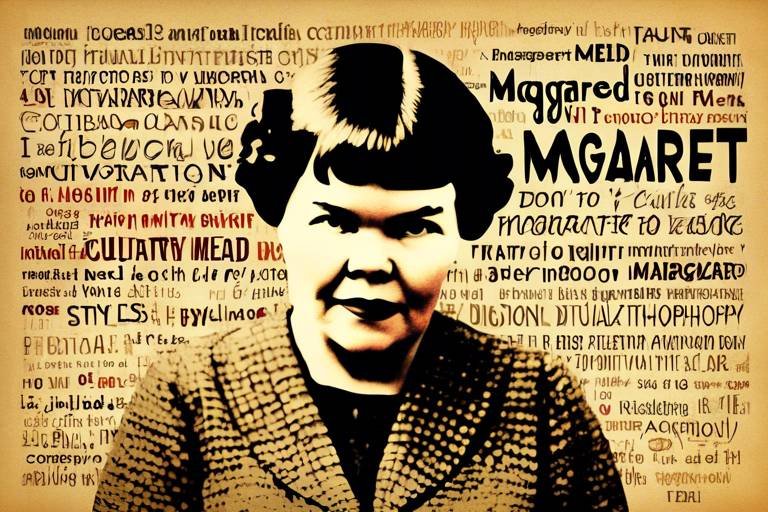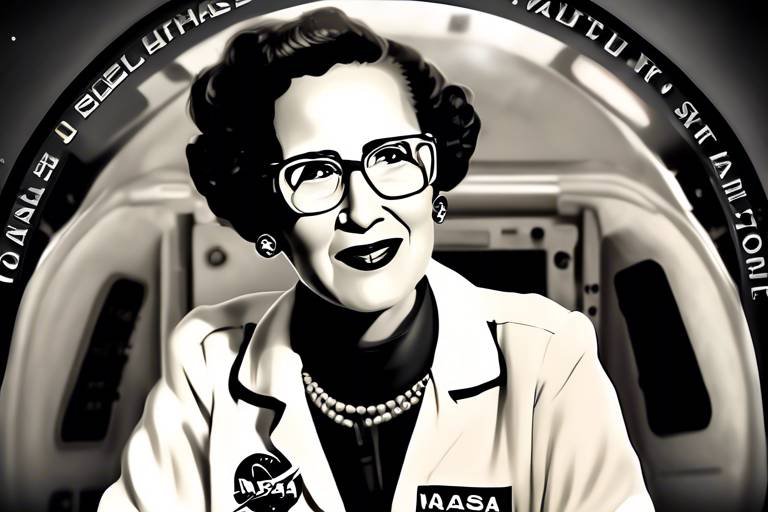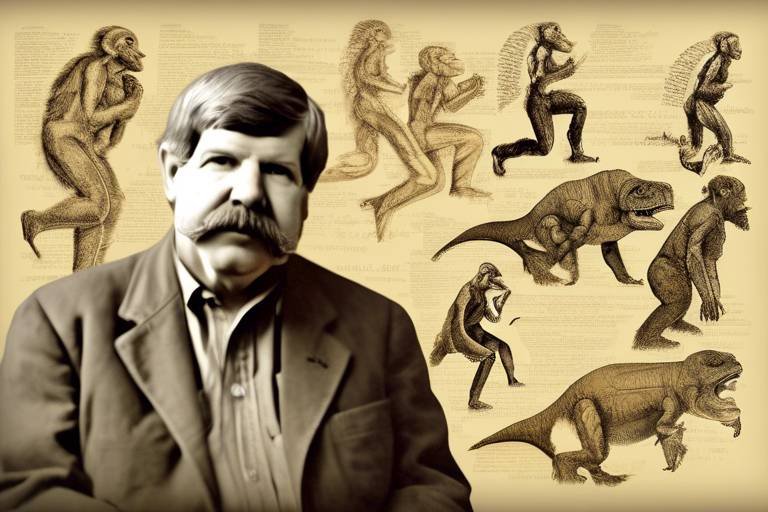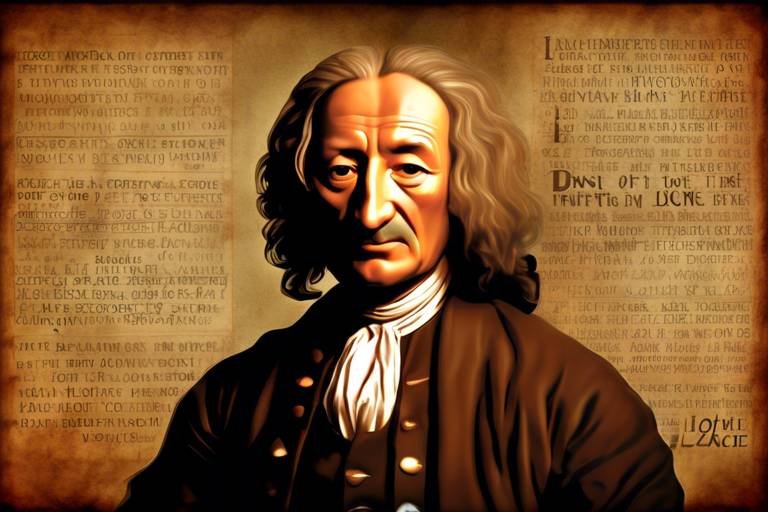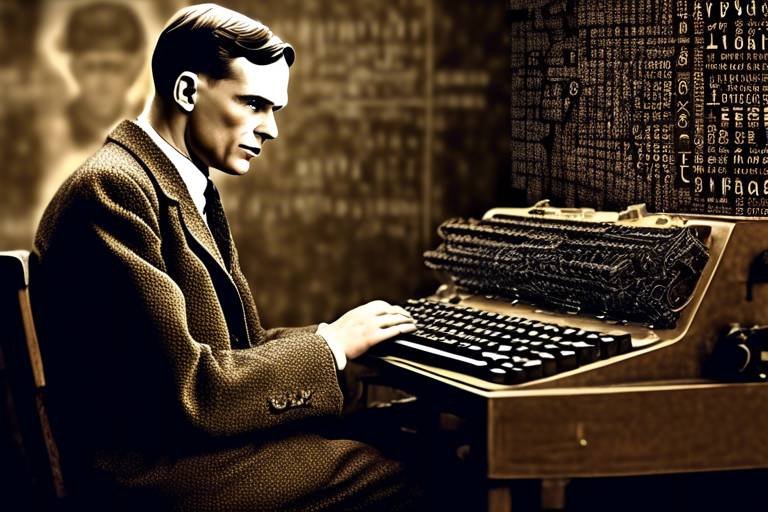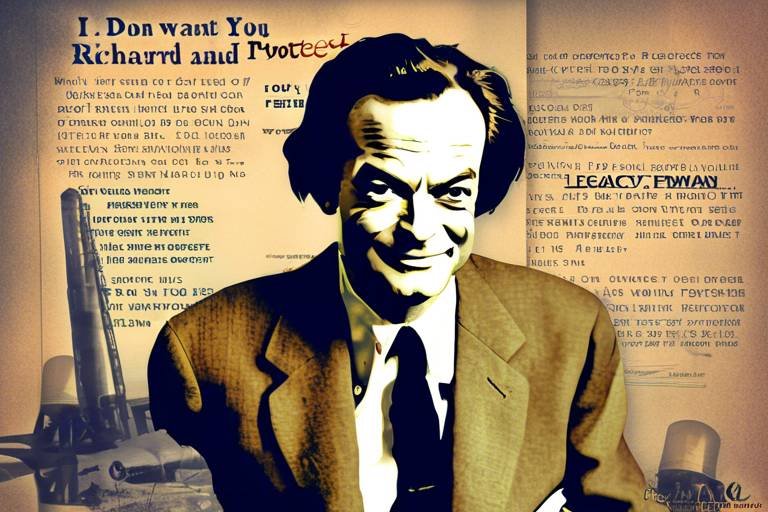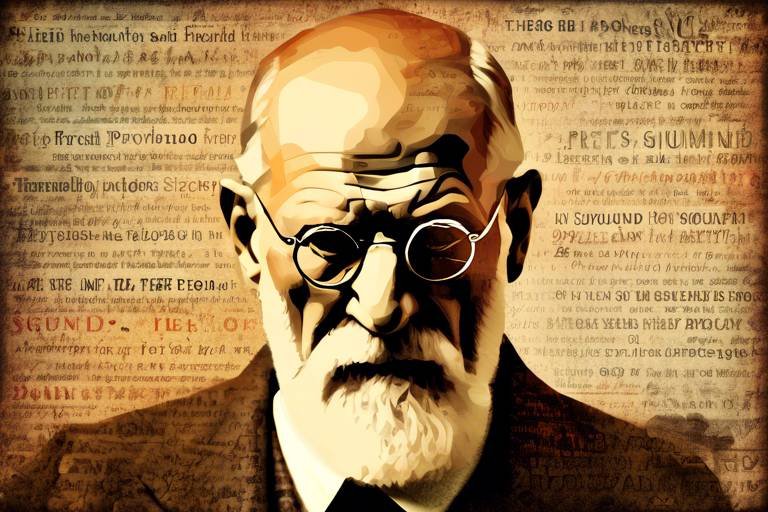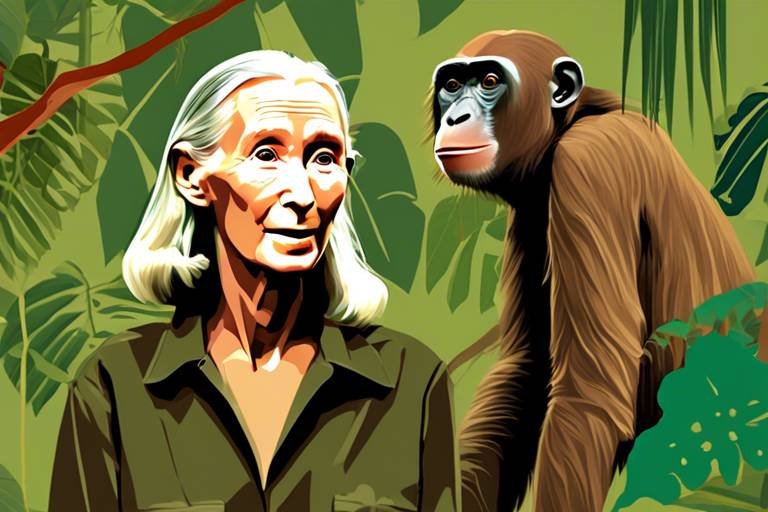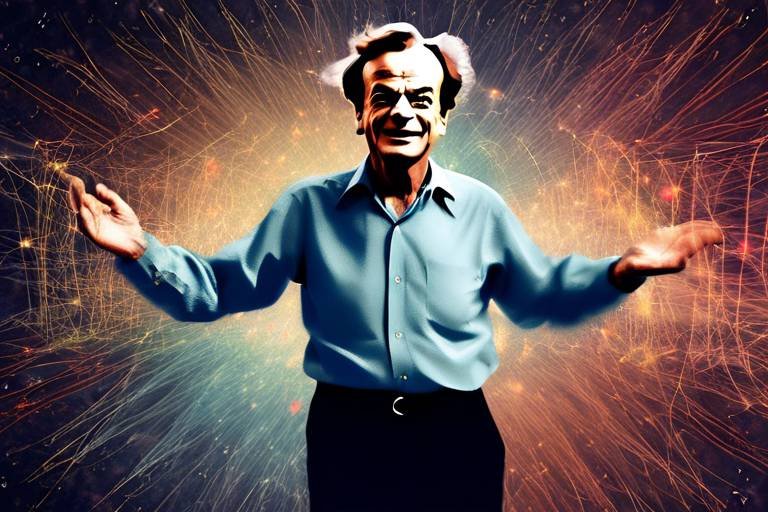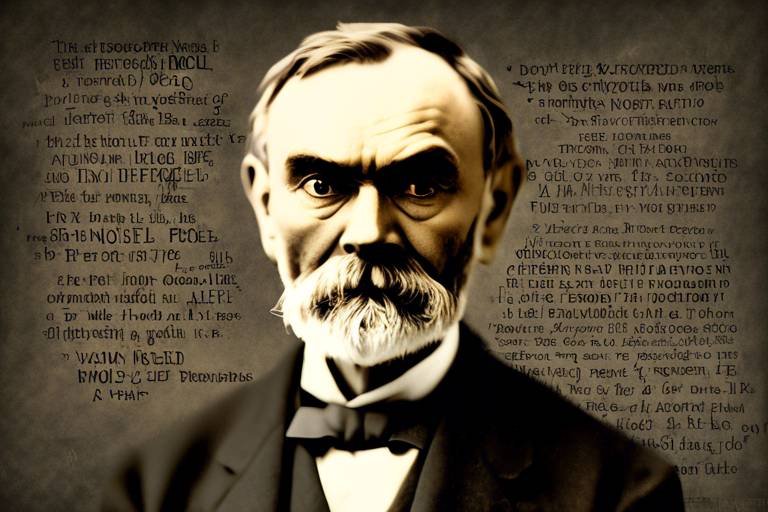Galileo Galilei - The Father of Modern Science
Galileo Galilei, often hailed as the Father of Modern Science, was a revolutionary figure whose contributions shaped the course of scientific inquiry and understanding. Born in 1564 in Pisa, Italy, Galileo's insatiable curiosity and innovative spirit propelled him to explore the mysteries of the universe, laying the groundwork for what we now consider the scientific method. His journey was not just about discovering new truths but also about challenging the status quo, which makes his story all the more compelling.
From a young age, Galileo exhibited a keen interest in the natural world, often questioning the accepted beliefs of his time. His education at the University of Pisa, where he studied mathematics and philosophy, played a crucial role in shaping his analytical approach. It was here that he began to develop a critical mindset, one that would later lead to groundbreaking discoveries in astronomy, physics, and mathematics.
Galileo's impact on science is profound; his methods and findings not only challenged existing paradigms but also inspired future generations of scientists. He was a pioneer in using experimentation as a tool for understanding the laws of nature, which is a cornerstone of modern scientific practice. His life and work exemplify the spirit of inquiry and skepticism that is essential for scientific advancement.
As we delve deeper into Galileo's life, we will uncover the key discoveries that revolutionized our understanding of the cosmos and the fundamental principles of physics. From his invention of the telescope to his daring observations of celestial bodies, Galileo's legacy continues to resonate in the scientific community and beyond.
- What were Galileo's main contributions to science?
Galileo made significant contributions in various fields, including astronomy, physics, and mathematics. His discoveries of Jupiter's moons and the phases of Venus were pivotal in supporting the heliocentric model of the universe.
- How did Galileo's work challenge the Church?
Galileo's advocacy for the heliocentric theory directly opposed the Church's teachings, leading to his trial and house arrest. This conflict highlighted the tension between science and religious doctrine during his time.
- Why is Galileo considered the Father of Modern Science?
Galileo is regarded as the Father of Modern Science due to his innovative use of experimentation and observation, which laid the foundation for the scientific method that is still in use today.
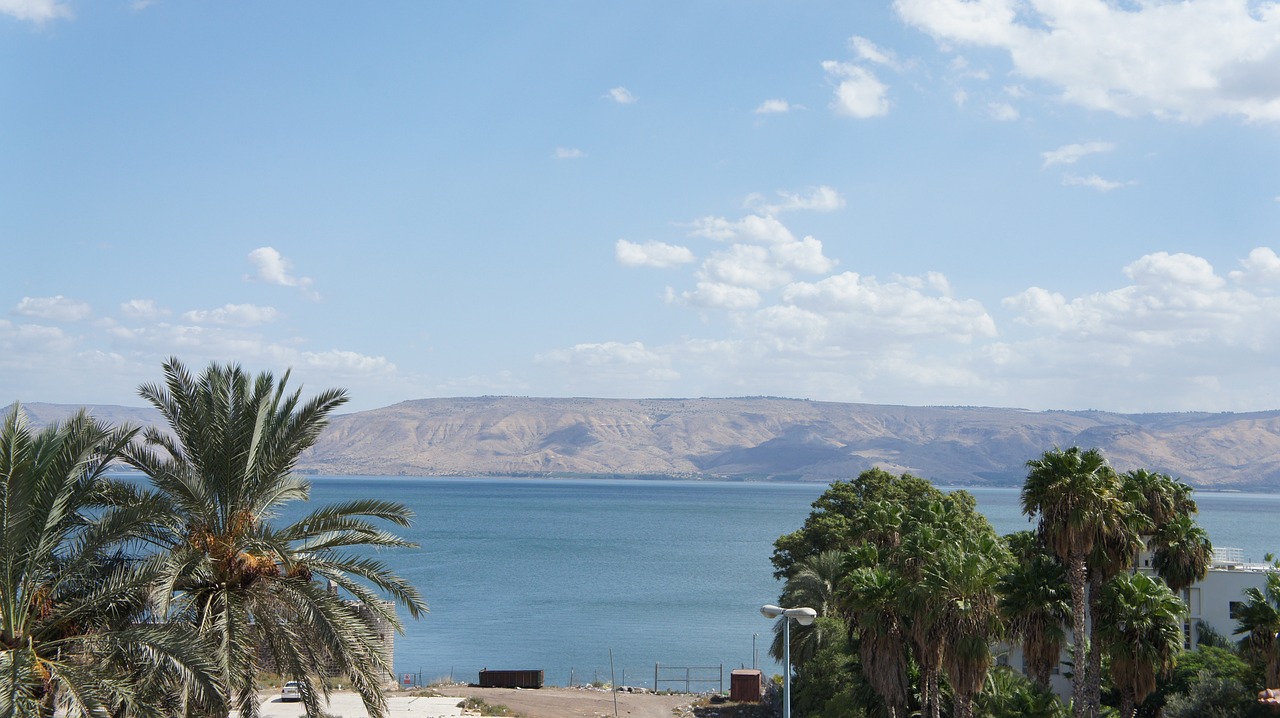
Early Life and Education
Born on February 15, 1564, in the vibrant city of Pisa, Italy, Galileo Galilei was destined for greatness from the very beginning. He was the first of six children in a family that valued education and intellectual pursuits. His father, a musician and a scholar, instilled in him a profound appreciation for mathematics and the arts. This early exposure played a crucial role in shaping Galileo's scientific outlook. Can you imagine the spark of curiosity that ignited in a young mind surrounded by such creativity?
At the age of 17, Galileo enrolled at the University of Pisa, where he initially studied medicine. However, his passion for mathematics quickly took center stage. He immersed himself in the works of ancient scholars like Euclid and Archimedes, which laid the foundation for his future discoveries. It was during this time that he began to develop his unique approach to science, one that emphasized observation and experimentation over the accepted norms of the day.
After a brief stint at the University of Pisa, Galileo transferred to the University of Padua in 1592. Here, he found an environment that encouraged his inquisitive nature and allowed him to delve deeper into his interests. At Padua, he not only studied mathematics but also explored physics and astronomy. His professors recognized his brilliance and encouraged him to challenge established beliefs. This nurturing atmosphere was crucial in fostering his revolutionary ideas.
During his time at Padua, Galileo made several significant contributions that would later influence his scientific career. For instance, he began conducting experiments on motion, which would lead to groundbreaking conclusions about inertia and acceleration. His inquisitive nature led him to question everything, from the falling of an object to the behavior of pendulums. This relentless pursuit of knowledge was not just a personal endeavor; it was the beginning of a scientific revolution.
In 1600, Galileo's academic journey took a pivotal turn when he became a professor of mathematics at the University of Padua. This position allowed him to share his knowledge and inspire a new generation of thinkers. Through his lectures, he emphasized the importance of observation, urging students to look beyond the teachings of Aristotle and engage with the world around them. He famously stated, "All truths are easy to understand once they are discovered; the point is to discover them."
Galileo's early life and education were not just about acquiring knowledge; they were about cultivating a mindset that questioned the status quo. His experiences in Pisa and Padua shaped him into a thinker who would not only challenge the scientific norms of his time but would also lay the groundwork for the scientific method as we know it today. It’s fascinating to think how a young boy from Pisa grew into a man who would change the way humanity viewed the universe!

Key Discoveries in Astronomy
Galileo Galilei, often hailed as the Father of Modern Science, made several groundbreaking discoveries in the field of astronomy that forever changed our understanding of the universe. His keen observations and innovative use of the telescope allowed him to unveil secrets of the cosmos that were previously hidden from humanity. Imagine looking up at the night sky and seeing not just twinkling stars, but a dynamic universe filled with fascinating celestial bodies. That’s exactly what Galileo did, and his findings were nothing short of revolutionary.
One of his most notable contributions was the discovery of the moons of Jupiter, which he observed in 1610. This was a game-changer because it provided concrete evidence that not everything revolved around the Earth, as was widely believed at the time. Instead, Galileo’s observations showed that these moons orbited Jupiter, suggesting that there were other centers of motion in the universe. This directly challenged the prevailing geocentric model that placed Earth at the center of the cosmos, a belief that had dominated for centuries.
To put it in perspective, consider this: for thousands of years, people looked up at the sky and thought they were the center of everything. Then, here comes Galileo, peering through his telescope and saying, “Wait a minute! There’s a whole lot more going on up there!” His discovery of the four largest moons of Jupiter—Io, Europa, Ganymede, and Callisto—was not just a scientific milestone; it was a profound shift in human consciousness.
The telescope, a relatively new invention at the time, became Galileo's most powerful tool. He didn’t just use it; he improved it, enhancing its magnification capabilities and allowing for unprecedented observations. With his modified telescope, he was able to observe celestial bodies in a level of detail that had never been seen before. This was akin to going from watching a movie on a small screen to experiencing it in IMAX 3D. The clarity and depth of his observations sparked intense debates among scholars and theologians alike about the nature of the universe.
When Galileo turned his telescope towards Jupiter, he was astounded to find not just a bright dot in the sky, but a planet with its own retinue of moons. This discovery was monumental. It provided compelling evidence against the geocentric model and supported the heliocentric theory proposed by Copernicus, which posited that the Earth and other planets revolve around the Sun. To visualize this, think of Jupiter as a mini solar system, with its moons dancing around it, defying the traditional view that everything must orbit the Earth.
Another remarkable discovery came from Galileo’s observations of Venus. He noted that Venus exhibited phases similar to those of the Moon, transitioning from crescent to gibbous shapes. This was significant because it could only be explained if Venus orbited the Sun, reinforcing the heliocentric model. Just like how the Moon reflects sunlight and changes shape based on its position relative to the Earth and Sun, Venus did the same, but with a twist. This observation was a direct challenge to the long-standing Ptolemaic system and further solidified Galileo's role as a pioneer in the scientific revolution.
In conclusion, Galileo’s key discoveries in astronomy not only expanded our understanding of the universe but also laid the groundwork for modern scientific inquiry. His ability to observe, question, and challenge established norms transformed the way we perceive our place in the cosmos. As we look up at the stars today, we owe a great deal to Galileo, whose curiosity and courage ignited a spark that continues to inspire scientists and dreamers alike.
- What were Galileo's major contributions to astronomy?
Galileo's major contributions include the discovery of Jupiter's moons, the phases of Venus, and detailed observations of the Moon's surface. - How did Galileo's discoveries challenge the Church?
Galileo's support for the heliocentric model contradicted the Church's geocentric teachings, leading to his trial and house arrest. - Why is Galileo considered the Father of Modern Science?
Galileo is considered the Father of Modern Science due to his use of experimentation and observation, which laid the foundation for the scientific method.

The Telescope and Its Impact
The invention of the telescope was nothing short of revolutionary, and when Galileo Galilei turned this remarkable instrument toward the heavens, he unlocked a new world of possibilities. Imagine peering into the vastness of space and seeing celestial bodies in a way that had never been possible before! This was the dawn of a new era in astronomy, and Galileo was at the forefront of it all. His improvements to the telescope allowed him to magnify objects up to 30 times, which was a game-changer for observational astronomy.
Before Galileo's time, the universe was largely viewed through the lens of ancient beliefs, primarily the geocentric model, which posited that the Earth was the center of the universe. With his telescope, Galileo challenged this notion by providing empirical evidence that contradicted centuries of dogma. His observations were not merely academic—they sparked debates that would ripple through society, religion, and science for generations to come.
One of the most significant impacts of Galileo's telescope was its ability to reveal the moons of Jupiter. This discovery was monumental because it provided concrete evidence that not everything revolved around the Earth. Here’s a quick breakdown of the implications:
- Evidence Against Geocentrism: The existence of Jupiter's moons demonstrated that celestial bodies could orbit something other than the Earth.
- Support for Heliocentrism: This finding bolstered the heliocentric model proposed by Copernicus, which stated that the Sun, not the Earth, was at the center of the solar system.
- Scientific Methodology: Galileo's use of the telescope exemplified the importance of observation and experimentation, laying the groundwork for the scientific method.
Moreover, Galileo's observations of the phases of Venus were equally groundbreaking. Just like the Moon, Venus exhibited phases that could only be explained by a heliocentric model. This was a direct challenge to the Ptolemaic system, which could not account for such phenomena. By documenting these phases, Galileo provided further validation for the idea that the planets, including Earth, revolved around the Sun.
As a result of his discoveries, the telescope became more than just a tool; it became a symbol of scientific inquiry and progress. This instrument not only transformed our understanding of the cosmos but also ignited a passion for exploration and discovery that continues to this day. The telescope was the key that opened the door to the universe, allowing humanity to explore the stars and understand our place within the vast expanse of space.
In summary, Galileo Galilei's enhancements to the telescope and his subsequent observations were pivotal in shifting the paradigm of astronomy. His work not only challenged long-held beliefs but also laid the groundwork for modern scientific inquiry. The impact of the telescope was profound, fostering a new era of exploration that has shaped our understanding of the universe and continues to inspire scientists and astronomers around the globe.
- What was the significance of Galileo's telescope?
Galileo's telescope allowed for unprecedented observations of celestial bodies, leading to challenges against the geocentric model and supporting the heliocentric theory. - How did Galileo's discoveries impact the Church?
Galileo's findings created significant conflict with the Catholic Church, which upheld the geocentric view, leading to his trial and house arrest. - What were the main discoveries made by Galileo using the telescope?
Some of his key discoveries included the four largest moons of Jupiter and the phases of Venus, both of which supported the heliocentric model.

Galileo's Observations of Jupiter
Galileo's observations of Jupiter in 1610 were nothing short of revolutionary. Using his improved telescope, he made a groundbreaking discovery: the four largest moons of Jupiter, now known as the Galilean moons. This was a pivotal moment in astronomy, as it provided clear evidence that not everything revolved around the Earth, contradicting the long-held geocentric view of the universe. Imagine the excitement he must have felt, peering through his telescope and realizing that he was witnessing celestial bodies in motion—something that had never been seen before!
These four moons—Io, Europa, Ganymede, and Callisto—were not just mere dots of light; they were dynamic worlds in their own right. Each moon displayed unique characteristics, leading to a deeper understanding of celestial mechanics. For instance, Io is known for its volcanic activity, while Europa is believed to have an ocean beneath its icy surface, a potential habitat for extraterrestrial life. Ganymede, the largest moon in the solar system, even has its own magnetic field, and Callisto is marked by a surface pockmarked with craters, telling a story of its ancient past.
Galileo meticulously documented his findings, noting the positions of these moons over time. This careful observation allowed him to calculate their orbital periods, which provided compelling evidence against the Ptolemaic system. In a sense, Galileo's work was like a cosmic detective story, piecing together clues that pointed to a heliocentric universe where the Sun, not the Earth, was at the center of the solar system.
To illustrate the significance of his discoveries, consider the following table that summarizes the Galilean moons:
| Moon | Diameter (km) | Orbital Period (days) | Notable Features |
|---|---|---|---|
| Io | 3,643 | 1.8 | Active volcanoes, most geologically active body in the solar system |
| Europa | 3,121 | 3.5 | Ice-covered surface, possible subsurface ocean |
| Ganymede | 5,268 | 7.2 | Largest moon in the solar system, has a magnetic field |
| Callisto | 4,821 | 16.7 | Heavily cratered surface, oldest landscape in the solar system |
Galileo's observations not only challenged established beliefs but also sparked a new era of scientific inquiry. His findings encouraged others to look beyond Earth and explore the cosmos, laying the groundwork for modern astronomy. The implications of his work were profound, as they shifted the paradigm of how humanity viewed its place in the universe. In a world where Earth was once seen as the center of everything, Galileo's observations of Jupiter opened up a new frontier of understanding that continues to inspire scientists and astronomers to this day.
- What are the Galilean moons? They are the four largest moons of Jupiter discovered by Galileo: Io, Europa, Ganymede, and Callisto.
- Why are Galileo's observations important? They provided evidence against the geocentric model and supported the heliocentric theory, fundamentally changing our understanding of the solar system.
- What did Galileo use to observe Jupiter? He used an improved telescope that he designed and built himself, allowing for unprecedented detail in celestial observations.
- How did Galileo's findings affect the Church? His support for heliocentrism led to conflict with the Catholic Church, which ultimately tried him for heresy.
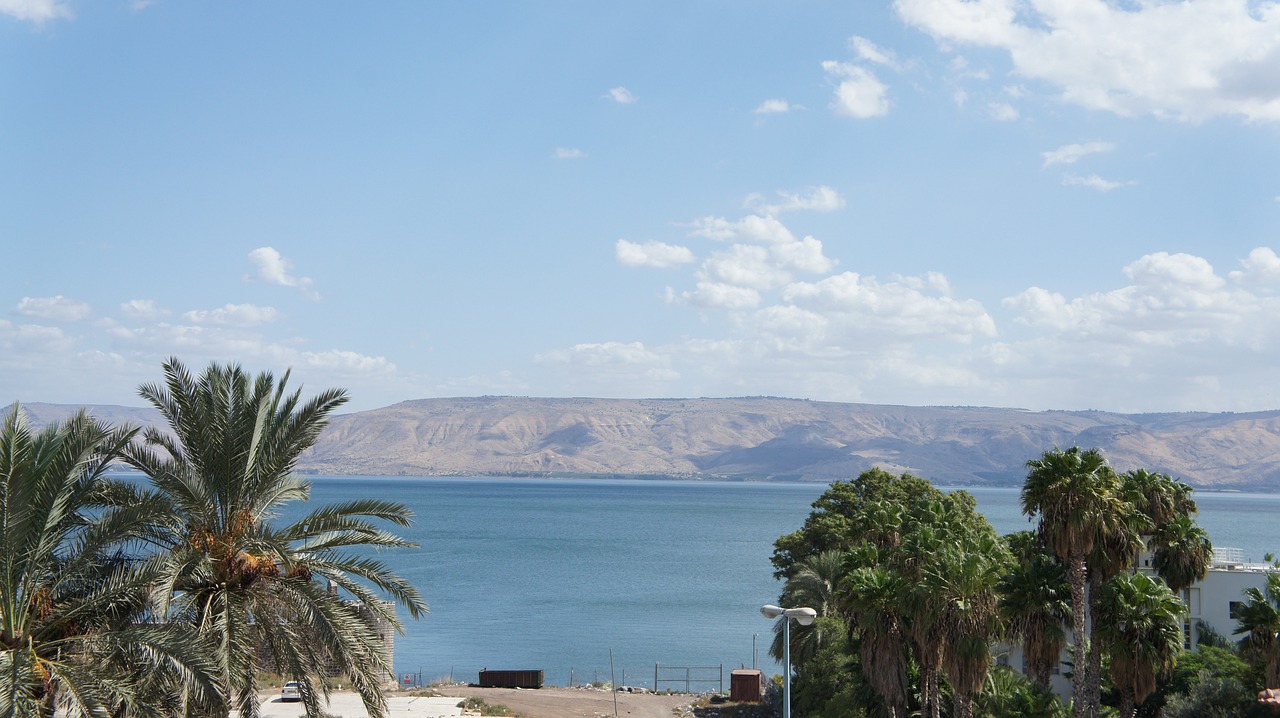
Phases of Venus
Galileo's observations of Venus were nothing short of revolutionary. Prior to his work, the prevailing geocentric model, which placed Earth at the center of the universe, dominated the scientific landscape. However, when Galileo turned his telescope towards the heavens, he uncovered a stunning truth: Venus exhibited a series of phases, much like the Moon. This discovery was pivotal, as it provided compelling evidence in favor of the heliocentric model proposed by Copernicus, which argued that the Sun, not the Earth, was at the center of our solar system.
Imagine standing on Earth, gazing up at the night sky. You see the Moon change shape from a crescent to a full orb and back again. Now, picture Venus doing the same! This was a groundbreaking realization that challenged centuries of established thought. Galileo meticulously documented these phases, noting how Venus appeared as a bright crescent at times and a full disk at others. His observations suggested that Venus orbited the Sun, which could only be explained by a heliocentric model.
To illustrate the phases of Venus, consider the following table that summarizes the key observations made by Galileo:
| Phase | Appearance | Implication |
|---|---|---|
| Crescent | Thin sliver of light | Indicates that Venus is between Earth and the Sun |
| Half | Half illuminated | Shows Venus is at a right angle to Earth and the Sun |
| Full | Fully illuminated | Indicates Venus is on the opposite side of the Sun from Earth |
This table highlights how each phase of Venus not only captivated Galileo but also served as a critical piece of evidence that supported the heliocentric theory. By observing these phases, he effectively dismantled the geocentric model, which had been the cornerstone of astronomical thought for centuries. The implications were enormous, as they not only transformed our understanding of Venus but also encouraged a broader reevaluation of our place in the universe.
Galileo's findings on the phases of Venus were met with resistance from the Church, which clung to the geocentric view as a matter of faith. Nevertheless, his work laid the groundwork for modern astronomy and physics, demonstrating the power of observation and evidence in scientific inquiry. The phases of Venus stand as a testament to Galileo's genius and his unwavering commitment to uncovering the truths of the cosmos.
- What did Galileo discover about Venus? Galileo discovered that Venus goes through phases similar to the Moon, providing evidence for the heliocentric model.
- How did Galileo's observations challenge the Church? His findings contradicted the geocentric model endorsed by the Church, leading to significant conflict.
- What impact did Galileo's work have on modern science? Galileo's methods and discoveries laid the foundation for modern scientific inquiry and the field of astronomy.
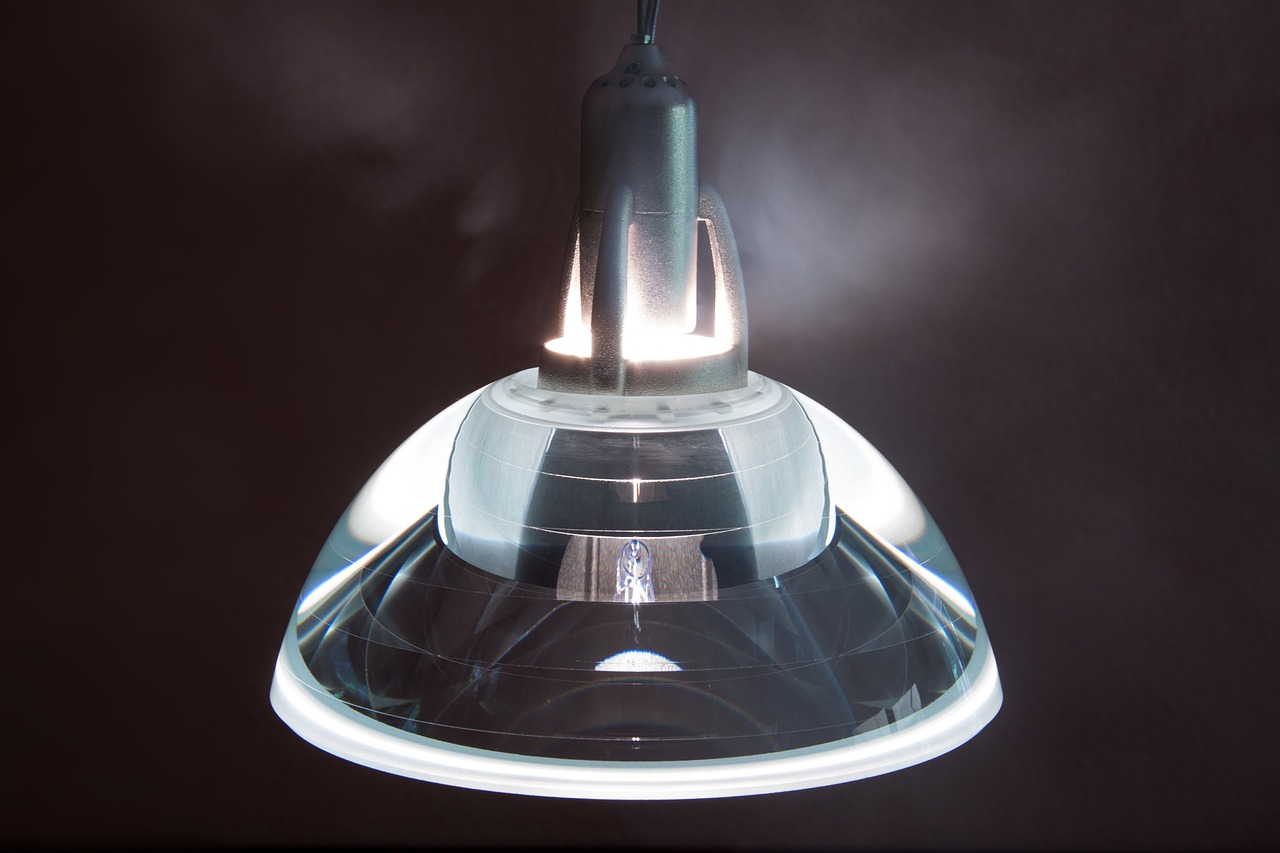
Contributions to Physics
Galileo Galilei is often hailed as the father of modern physics, and for good reason. His groundbreaking experiments and theories radically transformed our understanding of motion and mechanics. Before Galileo, the prevailing view of physics was dominated by the ideas of Aristotle, which suggested that heavier objects fall faster than lighter ones. However, Galileo challenged this notion through rigorous experimentation and observation.
One of his most famous experiments involved dropping different weights from the Leaning Tower of Pisa. Contrary to Aristotle’s claims, Galileo demonstrated that both heavy and light objects fall at the same rate in a vacuum, a concept that laid the foundation for the principle of inertia. This was a revolutionary idea at the time, as it contradicted centuries of accepted thought and opened the door to a new way of understanding motion.
Galileo's work on the laws of falling bodies was particularly significant. He formulated the law of uniform acceleration, which states that the distance an object falls is proportional to the square of the time it has been falling. This can be summarized in the equation:
d 1/2 * g * t²
Where d is the distance fallen, g is the acceleration due to gravity, and t is the time in seconds. This simple yet profound equation would later influence the works of Isaac Newton and other physicists, leading to the development of classical mechanics.
In addition to his experiments with falling bodies, Galileo also made significant contributions to the study of projectile motion. He discovered that the path of a projectile is a parabola, which was a groundbreaking realization that contradicted the then-accepted belief that projectiles followed a straight line. This understanding of motion was not just theoretical; it had practical implications in various fields, including engineering and military applications.
Galileo's innovative approach to science emphasized observation and experimentation over philosophical speculation. He is credited with introducing the scientific method, which involves systematic experimentation to test hypotheses. This method became a cornerstone of modern scientific inquiry, enabling future scientists to build upon his work. The key principles of his contributions to physics can be summarized as follows:
- Inertia: Objects in motion stay in motion unless acted upon by an external force.
- Uniform Acceleration: The distance fallen is proportional to the square of the time.
- Projectile Motion: Projectiles follow a parabolic trajectory.
Overall, Galileo's contributions to physics not only challenged the status quo but also laid the groundwork for future scientific advancements. His insistence on empirical evidence and mathematical reasoning set a new standard for the scientific community, ensuring that his legacy would endure for centuries to come. Without Galileo, the path to understanding the physical world would have been much longer and more convoluted.
- What is Galileo Galilei best known for?
Galileo is best known for his contributions to astronomy, physics, and the scientific method, particularly his support for heliocentrism and his experiments on motion. - How did Galileo's work influence modern science?
His emphasis on observation and experimentation laid the foundation for the scientific method, influencing countless scientists who followed him. - What was the conflict between Galileo and the Catholic Church?
Galileo's support for heliocentrism led to a trial by the Inquisition, where he was condemned for heresy and placed under house arrest.

Conflict with the Church
Galileo Galilei's journey as a scientist was not just marked by incredible discoveries but also by a tumultuous relationship with the Catholic Church. You see, during the early 17th century, the Church held immense power and influence, and its teachings were often viewed as absolute truth. When Galileo started advocating for the heliocentric model—where the Earth revolved around the Sun—he was directly challenging these long-held beliefs. Imagine standing up in a room full of people who are convinced they are right, and you’re the only one saying, “Wait, I think you might be looking at this all wrong!” That’s exactly what Galileo did.
His support for heliocentrism was not merely a scientific stance but a radical shift that threatened the Church's authority. The Church had firmly backed the geocentric model, which placed Earth at the center of the universe, a view that aligned with certain biblical interpretations. Galileo's findings, which he meticulously documented, were seen as a direct affront to this doctrine. To add fuel to the fire, he published Dialogue Concerning the Two Chief World Systems in 1632, a book that argued for the heliocentric theory and ridiculed the geocentric view. This was like tossing a lit match into a barrel of gunpowder!
As a result, the Church took action. In 1633, Galileo was summoned to appear before the Roman Inquisition. The trial was a significant event, not only for Galileo but for the entire scientific community. He was charged with heresy, and during the proceedings, he was forced to recant his views on heliocentrism. The outcome was a bitter pill for Galileo to swallow. He was placed under house arrest for the remainder of his life, and his works were banned. This conflict exemplified the struggle between science and religion, a theme that resonates even today.
To illustrate the gravity of the situation, let’s look at a brief overview of the key events surrounding Galileo’s conflict with the Church:
| Year | Event |
|---|---|
| 1610 | Galileo discovers Jupiter's moons |
| 1616 | Church warns Galileo against advocating heliocentrism |
| 1632 | Publication of Dialogue Concerning the Two Chief World Systems |
| 1633 | Trial by the Inquisition |
| 1633 | Galileo's forced recantation and house arrest |
Despite the severe repercussions of his trial, Galileo's spirit remained unbroken. He continued to conduct experiments and write under house arrest, further solidifying his legacy as a pioneer of the scientific method. His conflict with the Church serves as a reminder of the challenges that often accompany groundbreaking ideas. It’s a classic tale of David versus Goliath, where the small, determined scientist stood up against a giant institution.
In retrospect, we can see that Galileo's struggle was not just about his scientific beliefs but about the broader implications of knowledge and truth. His story encourages us to question, explore, and challenge established norms—an essential aspect of scientific inquiry that continues to drive progress today.
- What was the main conflict between Galileo and the Church? The main conflict revolved around Galileo's support for the heliocentric model, which contradicted the Church's geocentric view.
- What happened during Galileo's trial? Galileo was tried by the Inquisition, forced to recant his views, and placed under house arrest.
- How did Galileo's work influence modern science? Galileo's methods and discoveries laid the groundwork for future scientific advancements, particularly in physics and astronomy.
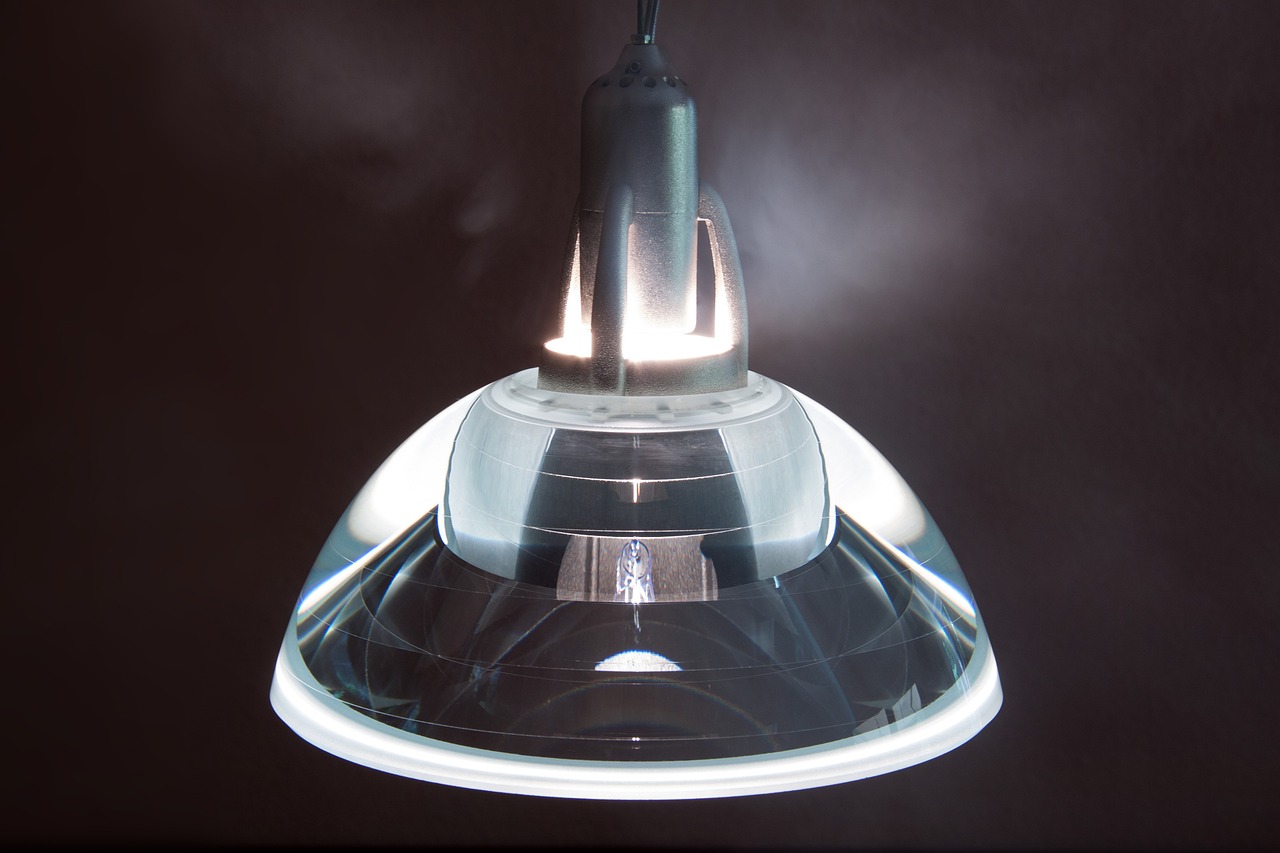
The Inquisition and Trial
In the early 17th century, Galileo Galilei found himself at the center of a monumental clash between science and religion. His advocacy for the heliocentric model, which posited that the Earth revolved around the Sun, directly contradicted the long-standing geocentric view endorsed by the Catholic Church. This tension culminated in 1633 when Galileo was summoned to appear before the Roman Inquisition. Imagine being a man of science, standing in a grand hall filled with the very people who held the keys to your fate, all while knowing that your ideas could lead to dire consequences.
The trial was not merely a legal proceeding; it was a spectacle that highlighted the Church's struggle to maintain its authority in the face of emerging scientific truths. Galileo was charged with heresy for promoting Copernican theory, which the Church had previously condemned. The atmosphere was thick with tension as Galileo defended his observations, yet it was clear that the Inquisition was less interested in scientific discourse and more focused on preserving doctrinal purity.
During the trial, Galileo faced a series of interrogations, where he was pressured to recant his views. The Inquisition's tactics were both psychological and theological, aiming to instill fear and compliance. Ultimately, Galileo was found "vehemently suspect of heresy" and was forced to recant his teachings. This moment marked a significant setback for scientific inquiry, as it emphasized the dangers of challenging established beliefs.
After the trial, Galileo was placed under house arrest, where he spent the remaining years of his life. This punishment was not just a personal tragedy for Galileo; it symbolized the broader conflict between emerging scientific thought and traditional religious doctrine. Despite the restrictions placed upon him, Galileo continued to work on his scientific writings, producing significant work that would influence generations to come.
To better understand the implications of the trial, consider the following table that outlines key events and their significance:
| Year | Event | Significance |
|---|---|---|
| 1610 | Galileo's observations of celestial bodies | Set the stage for heliocentric theory |
| 1616 | Church declares heliocentrism heretical | First official condemnation of Copernican theory |
| 1632 | Publication of "Dialogue Concerning the Two Chief World Systems" | Provoked the Inquisition's scrutiny |
| 1633 | Trial and recantation | Galileo's forced submission to Church authority |
| 1642 | Galileo's death | Legacy of conflict and scientific advancement |
In retrospect, Galileo's trial was not just a personal ordeal; it was a turning point in the history of science. It underscored the need for a more open dialogue between scientific inquiry and established beliefs. The repercussions of Galileo's trial would echo throughout history, influencing not only the future of astronomy and physics but also the relationship between science and religion.
- What was Galileo's main contribution to astronomy?
Galileo is best known for his improvements to the telescope and his astronomical observations, which included the discovery of Jupiter's moons and the phases of Venus.
- Why did Galileo conflict with the Catholic Church?
Galileo's support for the heliocentric model challenged the Church's geocentric view, leading to his trial for heresy.
- What was the outcome of Galileo's trial?
Galileo was found guilty of heresy, forced to recant his views, and placed under house arrest for the remainder of his life.
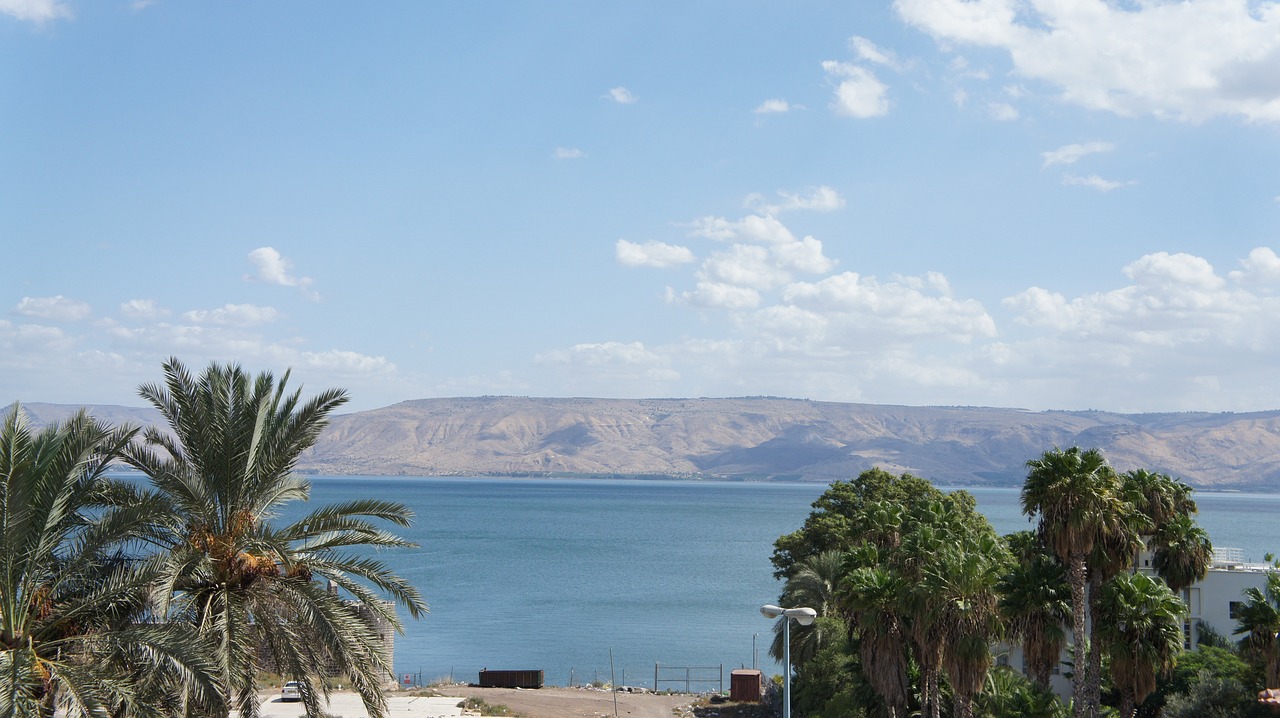
Legacy and Influence
Galileo Galilei's legacy is nothing short of monumental. His pioneering methods and revolutionary ideas laid the groundwork for modern science, earning him the title of “The Father of Modern Science.” He introduced a systematic approach to experimentation, emphasizing observation and mathematics over philosophical speculation. This shift was like moving from a foggy, uncertain path to a clear, well-lit highway, guiding future generations of scientists towards more reliable conclusions.
One of Galileo's most significant contributions was his insistence on the importance of empirical evidence. He demonstrated that theories must be tested through observation and experimentation, a principle that remains at the heart of scientific inquiry today. His work inspired countless scientists, including Isaac Newton, who built upon Galileo's findings to develop the laws of motion and universal gravitation. Without Galileo's foundational work, the scientific revolution may have taken a much different route.
Moreover, Galileo's conflicts with the Church have also left a profound impact on the relationship between science and religion. His trial and subsequent house arrest underscored the dangers of challenging established doctrines, illustrating the tension that can arise when new ideas confront traditional beliefs. This historical episode serves as a reminder of the importance of intellectual freedom and the pursuit of knowledge, encouraging scientists to remain steadfast in their quest for truth, even in the face of adversity.
Today, Galileo is celebrated not just as a scientist, but as a symbol of human curiosity and resilience. His legacy is honored in various ways:
- Numerous educational institutions and scientific organizations bear his name, promoting the values he championed.
- Galileo's life and work have been the subject of countless books, documentaries, and films, ensuring that his story continues to inspire.
- His contributions to astronomy are commemorated through various celestial namesakes, including the Galilean moons of Jupiter.
In essence, Galileo Galilei's influence extends beyond the realm of science; it resonates in our cultural and intellectual landscapes. He challenged the status quo and ignited a passion for discovery that continues to fuel scientific advancements. As we look to the future, we can draw inspiration from his unwavering commitment to inquiry and his belief in the power of observation. His legacy reminds us that the pursuit of knowledge is an unending journey, one that requires courage, curiosity, and a willingness to question the world around us.
1. What are Galileo's most notable contributions to science?
Galileo's most notable contributions include the improvement of the telescope, discovery of Jupiter's moons, and his work on the laws of motion and inertia.
2. Why did Galileo conflict with the Catholic Church?
Galileo's support for the heliocentric model, which placed the Sun at the center of the universe rather than the Earth, contradicted the Church's teachings at the time, leading to his trial and house arrest.
3. How did Galileo influence modern science?
Galileo's emphasis on empirical evidence and experimentation laid the foundation for the scientific method, influencing countless scientists and shaping the way scientific inquiry is conducted today.
4. What is the significance of the term "Father of Modern Science"?
This title reflects Galileo's role in establishing key scientific principles and methods that transformed the way we understand the natural world, marking the transition from medieval to modern science.
Frequently Asked Questions
- Who was Galileo Galilei?
Galileo Galilei was an Italian astronomer, physicist, and mathematician, often referred to as the "Father of Modern Science." His pioneering work laid the foundation for modern scientific methods and revolutionized our understanding of the universe.
- What were Galileo's key contributions to astronomy?
Galileo made several groundbreaking discoveries in astronomy, including the observation of Jupiter's four largest moons, which provided evidence against the geocentric model. He also studied the phases of Venus, which supported the heliocentric theory proposed by Copernicus.
- How did the telescope impact Galileo's work?
The telescope, which Galileo improved upon, allowed him to observe celestial bodies with unprecedented detail. This not only enhanced the field of astronomy but also sparked significant debates regarding the nature of the universe, challenging long-held beliefs.
- What was the conflict between Galileo and the Catholic Church?
Galileo's support for heliocentrism led to a major conflict with the Catholic Church, culminating in his trial by the Inquisition in 1633. The Church condemned his views, forcing him to recant his findings, which highlighted the tension between science and religious doctrine during that era.
- What is Galileo's legacy in the field of science?
Galileo's methods and discoveries have had a lasting impact on science. He is recognized for laying the groundwork for future scientific advancements, influencing notable scientists like Isaac Newton, and earning his place as a key figure in the scientific revolution.
- What experiments did Galileo conduct in physics?
Galileo conducted various experiments related to motion and mechanics, including studies on inertia and the laws of falling bodies. His work challenged the Aristotelian physics of his time and helped establish the foundation for classical physics.

